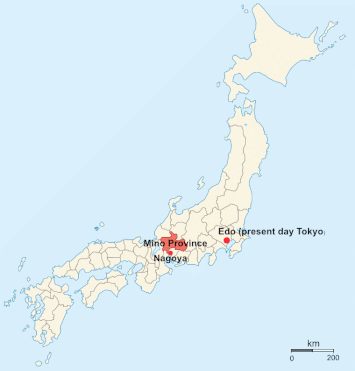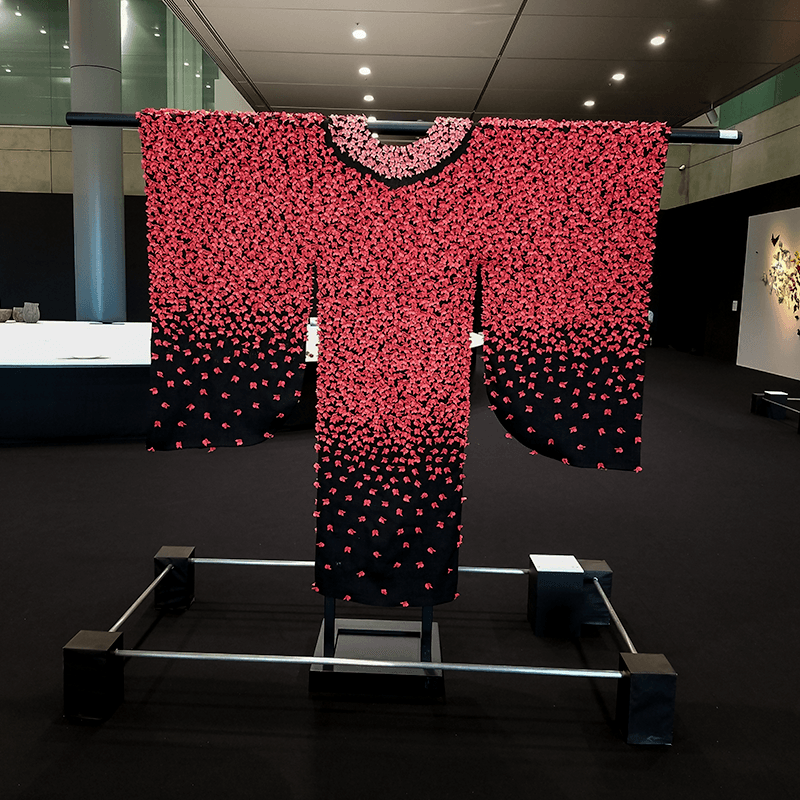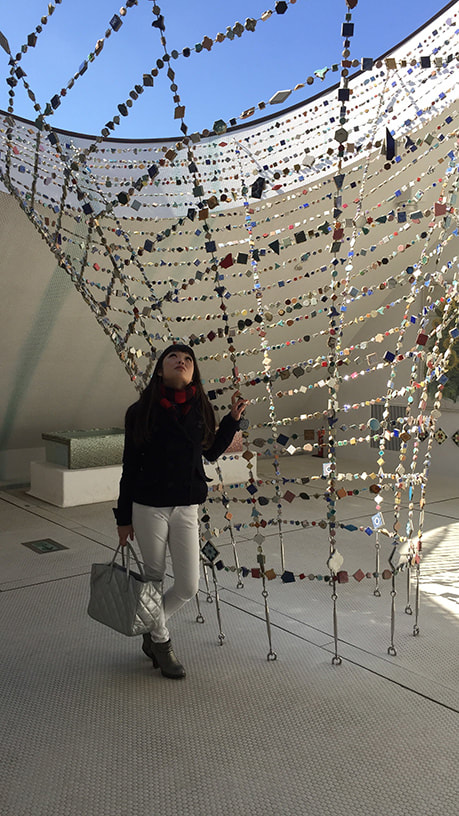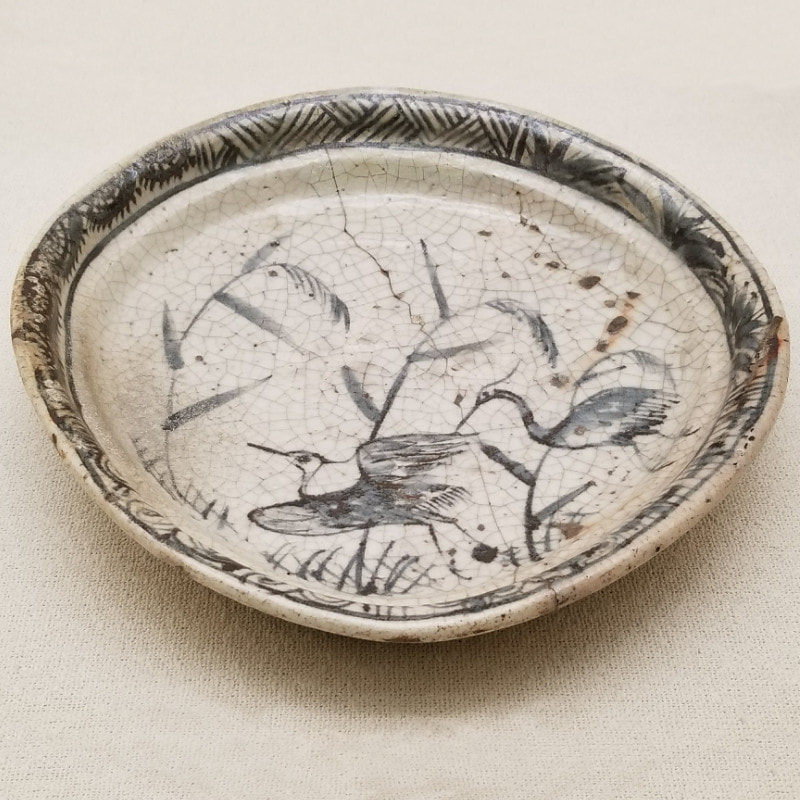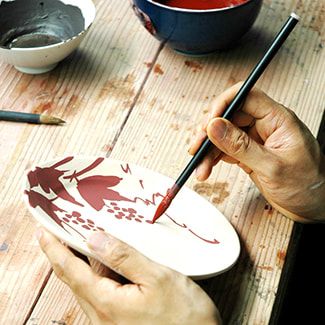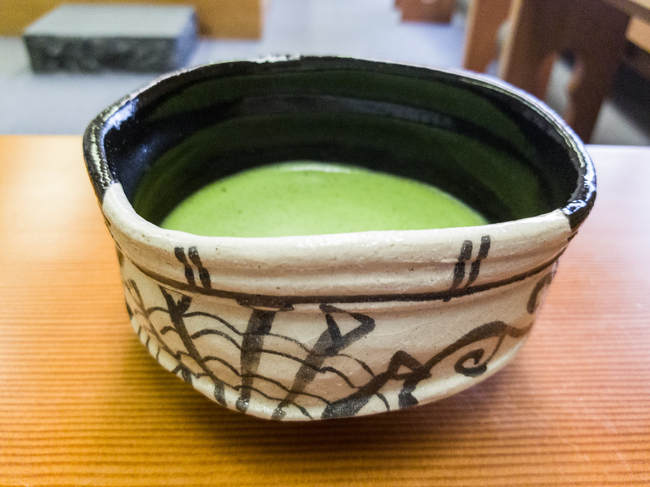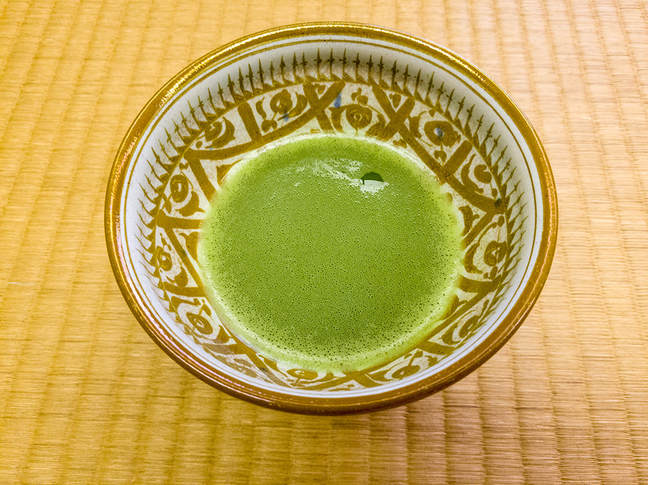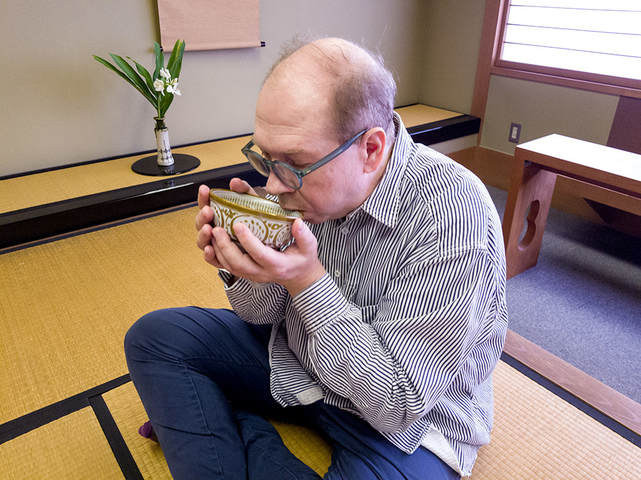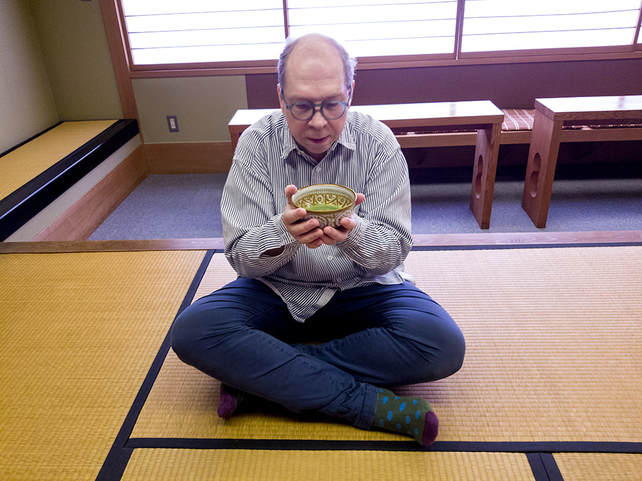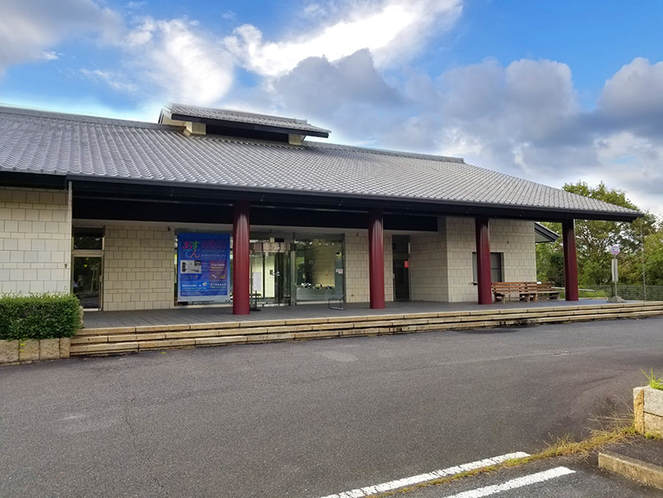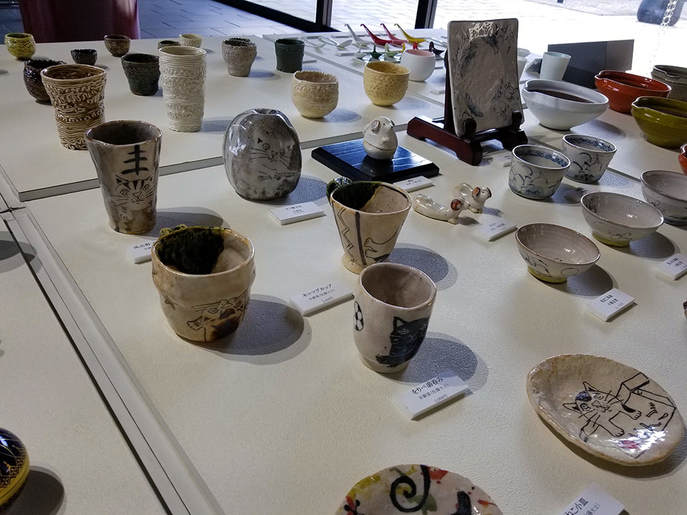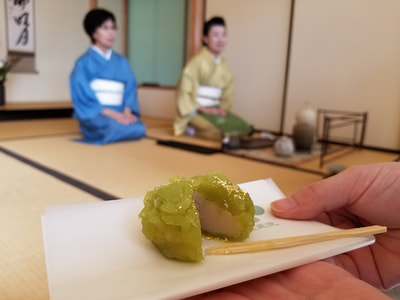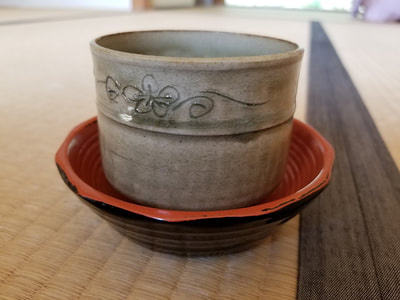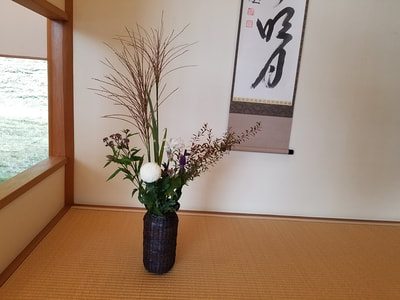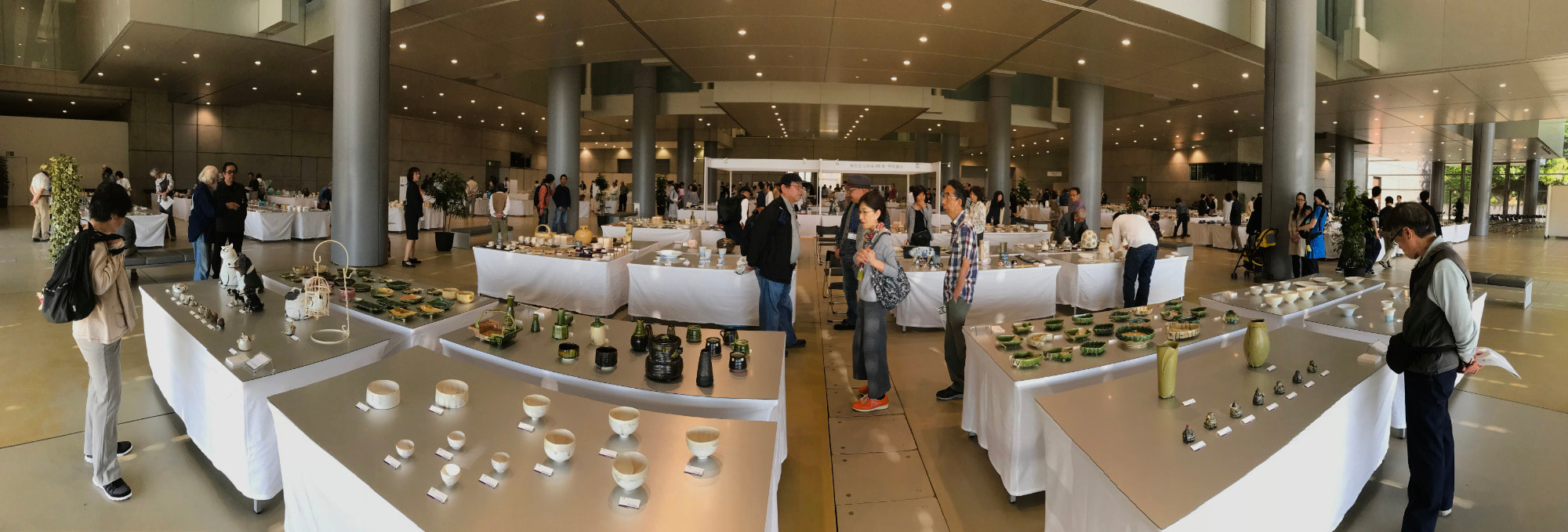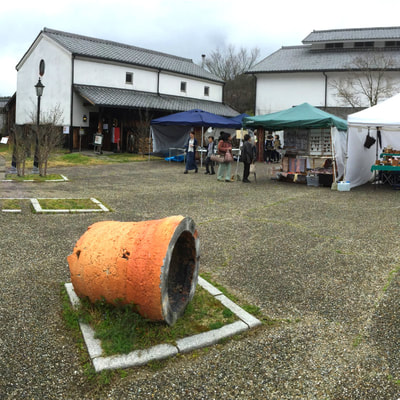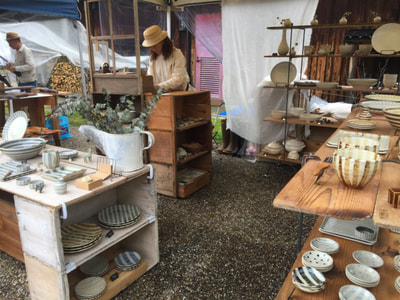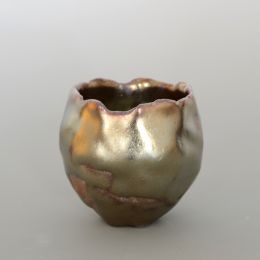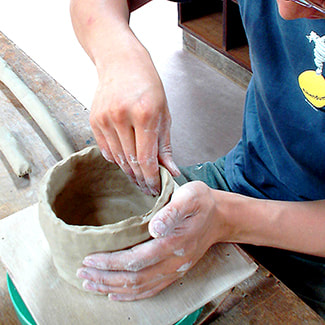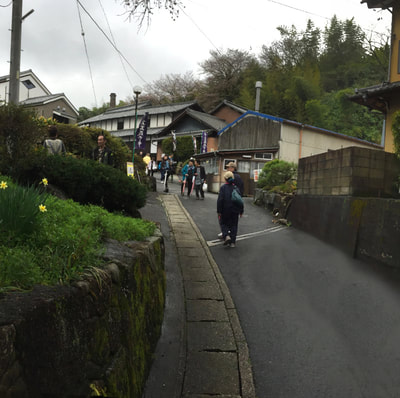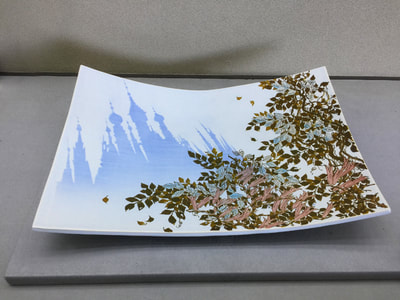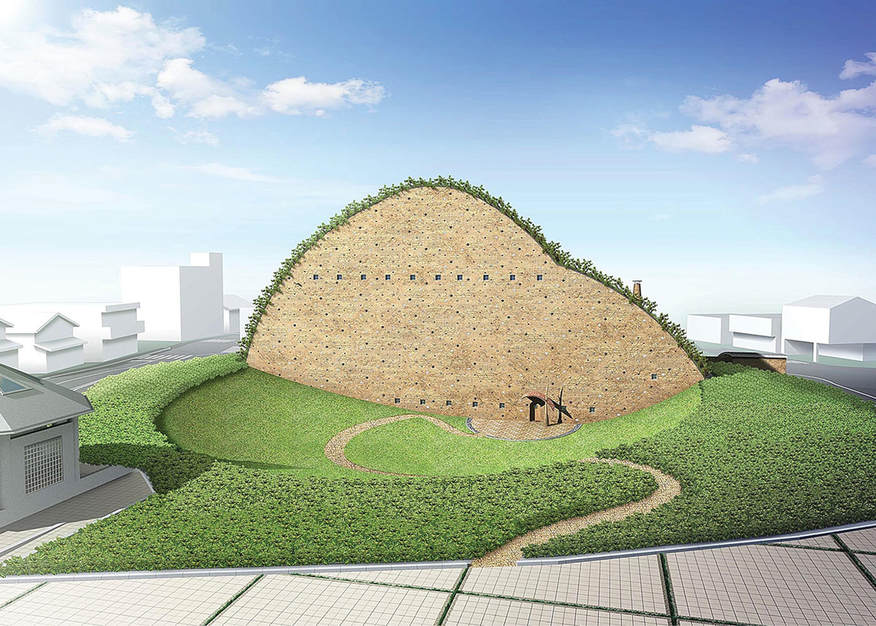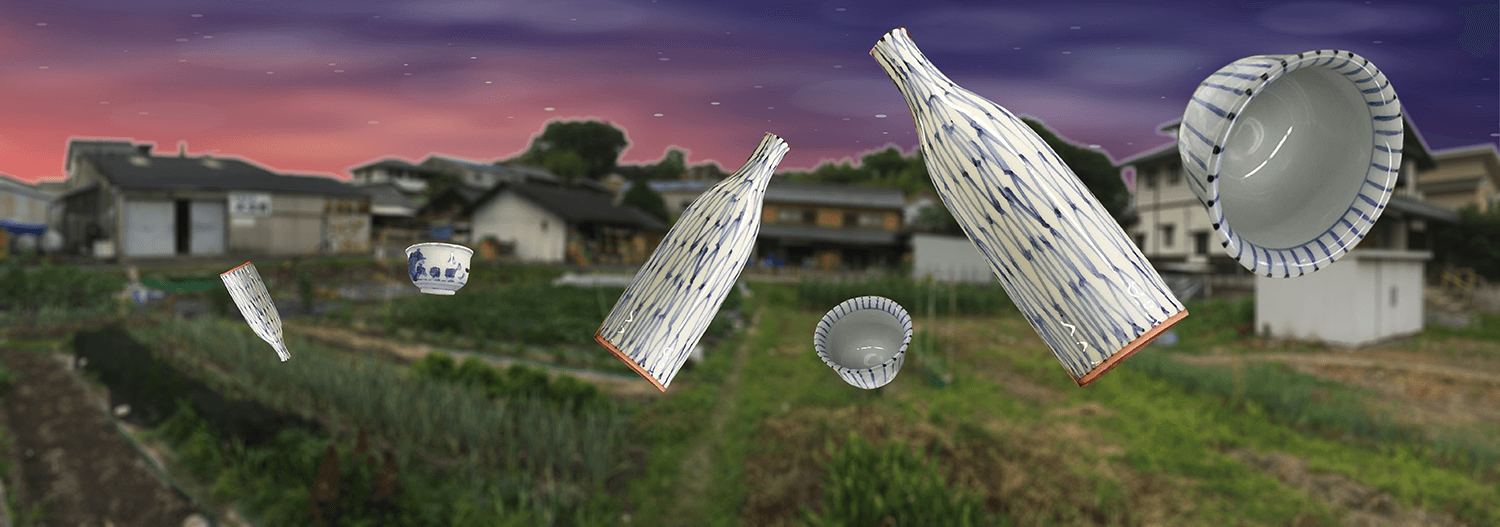Tajimi City is situated in a region of Japan that was historically called Mino. The clays found here are excellent for pottery making. Tajimi kilns have produced some of the finest pottery in Japan for a millennium, and the region is still producing half of the total output of ceramics in Japan. If you are passionate about Japanese ceramics and would like to go exploring yourself, Tajimi is a good place to start your journey.
A guide to a ceramics town
It was only recently that I realised that my house in Onada village, Tajimi, is sitting on top of one of the most fascinating and important sites in the history of Japanese pottery. Discoveries over the last couple of decades seem to indicate that ancient kilns here produced tea bowls for some of the most powerful and influential people in Japan, and helped set the trend towards the world famous wabi-sabi style of pottery for which Japan is famous today. The city of Tajimi has spent considerable time and resources to document and preserve its heritage. You will find many excellent museums in a relatively small area. Today we will provide you with a guide to exploring the ceramic treats of this area yourself.
finding your bearings
Here are the google map links to the four museums we present this time. If you type it your location you will get directions from Google:
Mino Ceramic Art Museum, Tajimi
Mino Ceramic Art Museum, Tajimi offers a rich display of Mino pottery from historic times to present day. The museum offers a very silent, pleasant experience where you can view classic Japanese pottery for which the region is famous. Perhaps best known internationally is Shino ware, which appeared in the region during what many regard to be the golden age of Japanese pottery. Equally famous, at least in Japan, is the Oribe style, which is also well represented. There is also Setoguro and Kiseto ware, and many others, as well as works by Tajimi’s Living National Treasures and modern artists. All this can be enjoyed in the permanent exhibitions as well as the temporary ones, which are held four to five times a year. In this article, however, I would like to focus more on the experiences you can have at the museum.
drink tea from a priceless bowl
Pottery is made to be used and enjoyed. Yes, many of the tea bowls we present here are almost frightfully valuable, but what good are they in a box? That is the thinking of the people at Mino Ceramic Art Museum, Tajimi in Tajimi. We visited them at the day of this writing and came back with lots of images to share with you. Maybe the one I would like you to see the most is the one linked here below. It is a 360° VR still image best viewed in a VR headset, but even if you don't own one I think it still conveys some of the experience of drinking tea from one of the fantastic bowls in the museum.
When we arrived at the museum we were given a menu of bowls to choose from - some classic designs, some modern ones. I chose a Shino ware bowl as I know Shino is very popular among our users. Just as brilliant and famous, however, are the Oribe bowls, and there are also pieces made by modern artists to choose from. The tea drinking experience itself is very relaxed, unlike a classic Japanese tea ceremony. The experience is focused on the tea bowls themselves.
Many of the chawan (tea bowls) you can try are works by people recognized as Living National Treasures by the Japanese government. Tajimi has had six of them so far. The bowls you can try are all made by Mino potters active in the cities of Tajimi, Kani, Toki and Mizunami. A work by the hand of any of these people will fetch a very high prize if put on the market. I was afraid to drop one, but fortunately the bowls are made to fit into your hand comfortably and very securely.
